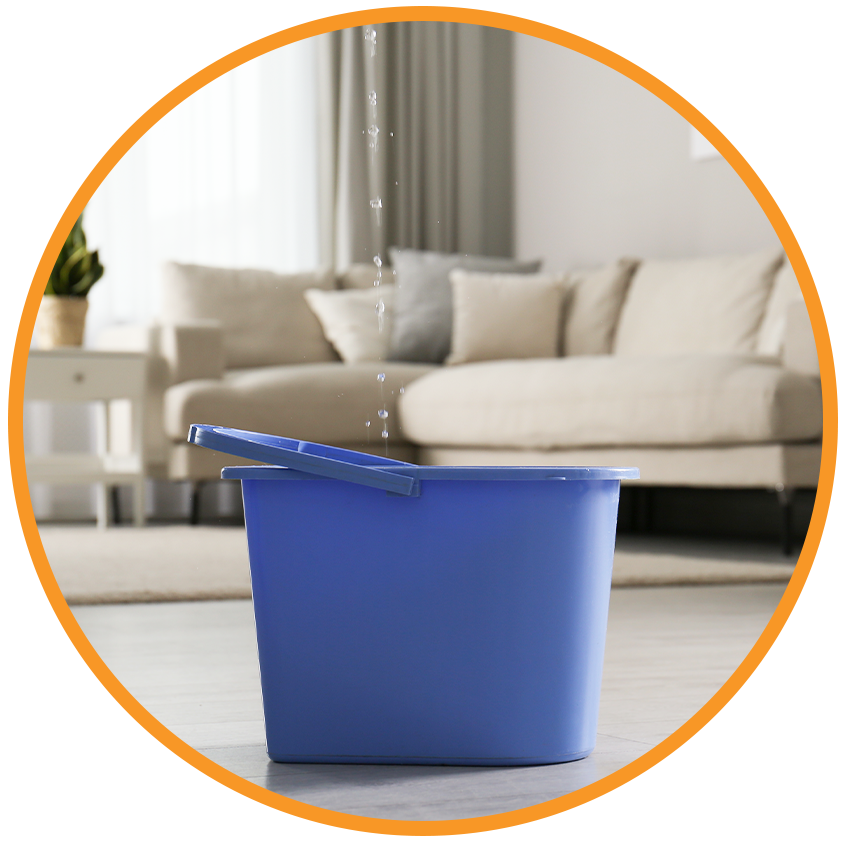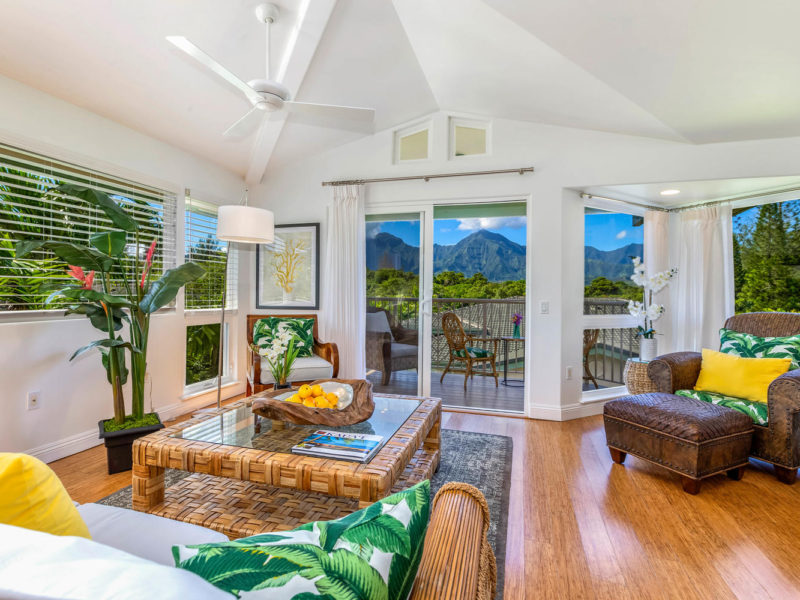Checking Out Private Schools in Salt Lake City: Trick InsightsChecking Out Private Schools in Salt Lake City: Trick Insights
July 12, 2025 0 Comments 12:00 amAre you checking out instructional options for your youngster and taking into consideration a private school in Salt Lake City? You’re not alone. Lots of moms and dads look for schools that use a special instructional approach, smaller class dimensions, and a nurturing setting. Right here’s a guide to help you browse the private school landscape in Salt Lake City.
Recognizing Private Schools
Private schools operate individually from public schools, which are moneyed by the federal government. Rather, they are funded via tuition fees, contributions, and endowments, permitting them higher flexibility in selecting curricula and training approaches. This independence can bring about enriched instructional experiences.
Benefits of Private Schools
Smaller Sized Class Dimensions: Smaller sized class dimensions assist in individualized attention, enhancing student-teacher ratios and enhancing personalized understanding.
Customized Curriculum: Several private schools make their own educational program and commonly consist of specialized programs in arts and advanced placement programs to accommodate pupils’ diverse skills.
Values-Based Education: Exclusive establishments often follow certain beliefs, enabling family members to select schools that straighten with their beliefs.
Extracurricular Opportunities: A wide variety of after-school activities, consisting of sporting activities and arts, aids nurture well-rounded pupils.
Area Participation: Private schools typically foster solid parental engagement, creating a supportive area.
Trick Factors to consider for Searching private school choices in Salt Lake City
Research School Options: Start by investigating private schools in Salt Lake City that straighten with your academic approach and satisfy your kid’s requirements.
Visit School Site: Check out prospective schools’ internet sites to gather details on their curricula and training viewpoints, which can provide insights into their area and society.
Schedule School Tours: Organizing school excursions enables you to observe centers, meet instructors, and assess pupil involvement, which are important consider your decision-making.
Limelight on Carden Memorial School
For those thinking about a private school in Salt Lake City, Carden Memorial School exhibits just how a strong instructional structure can be built. Our distinct classical education and learning model develops critical thinking, creative thinking, and interaction abilities, preparing pupils for future success.
Academic Programs We Offer
Our offerings consist of a durable curriculum that covers:
Core Topics: Comprehensive education in language arts, maths, scientific research, and social researches.
Enrichment Programs: Students delight in arts, music, and technology courses, advertising creative thinking and wellness.
Personality Education and learning: We highlight all natural education by instilling values that guide students throughout their lives.
Reviewing a Private School
Understand the Admission Process: Acquaint yourself with application requirements and prepare appropriately.
Talk With Current Families: Involving with families at the school offers important point of view on institutional society and satisfaction levels.
Examine Certification: Ensure the school fulfills educational criteria.
Think About Financial Effects: Analyze tuition charges and readily available financial aid to plan your budget effectively.
FAQs Concerning Private Schools
Ordinary Tuition: Tuition differs extensively, ranging from $5,000 to over $20,000. Study extensively to discover a ideal school within your spending plan.
Worth of Private Schools: Lots of moms and dads discover the individualized interest and enriched curriculum considerably boost learning experiences.
Typical Class Dimensions: Course sizes commonly vary from 10 to 20 pupils, helping with personal interest from instructors.
Standard Screening: Private schools may have their own testing approaches and may not strictly abide by state assessments.
Last Thoughts
Picking a private school in Salt Lake City is a significant choice. Each school’s one-of-a-kind offerings can shape your child’s future success. Take into consideration the school’s educational approach, extra-curricular involvement, and area involvement as you examine your alternatives.
Parental involvement can substantially boost your kid’s educational experience. Engaging in school activities promotes a sense of area and assistance among households.
In your look for a private school in Salt Lake City, utilizing insights from your study, school check outs, and discussions, you’ll be better geared up to make an enlightened choice. Schools such as Carden Memorial School concentrate on scholastic quality and character development, supplying an atmosphere where your kid can thrive. Maintain your kid’s requirements and your household values main to the decision-making procedure, and you may discover that personal schooling is a step towards a brighter future.
For more information on local schools specializing in distinct academic experiences, think about checking out private school Salt Lake City options to locate the excellent suitable for your household.

